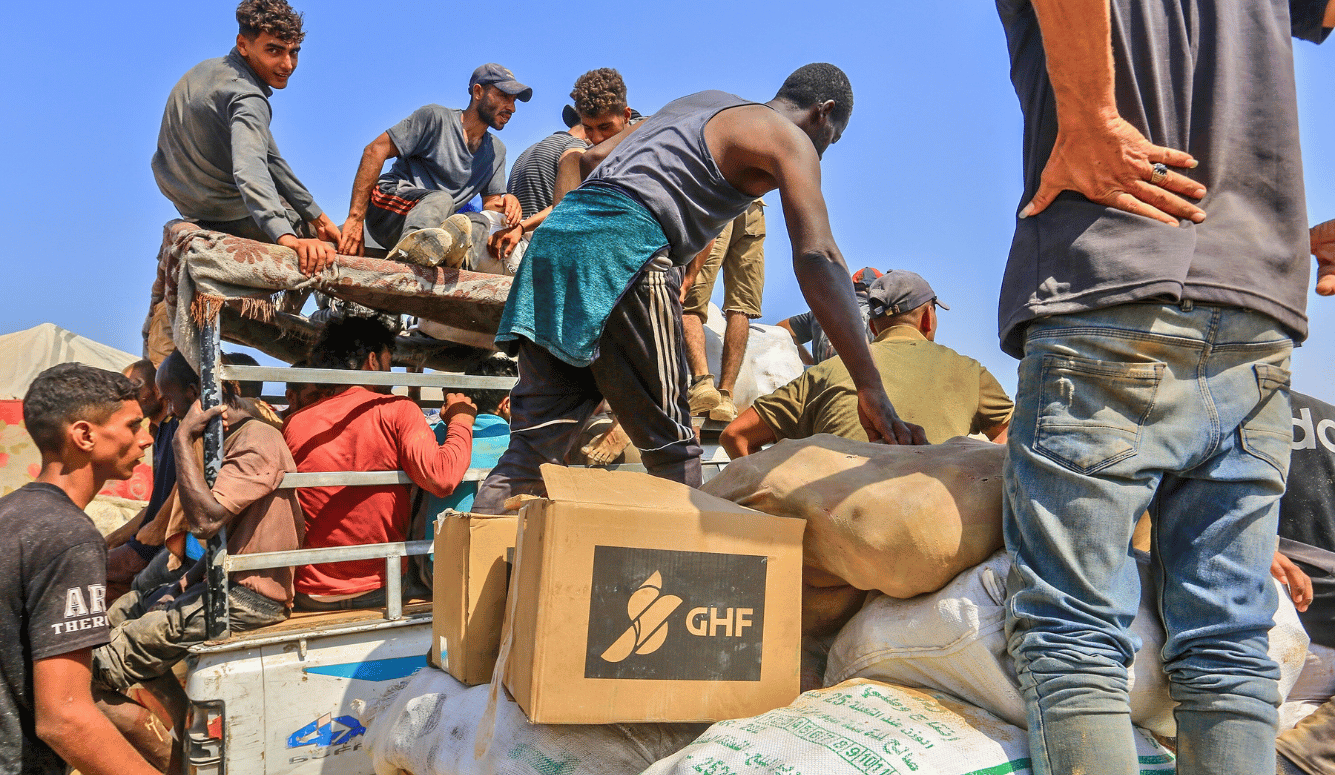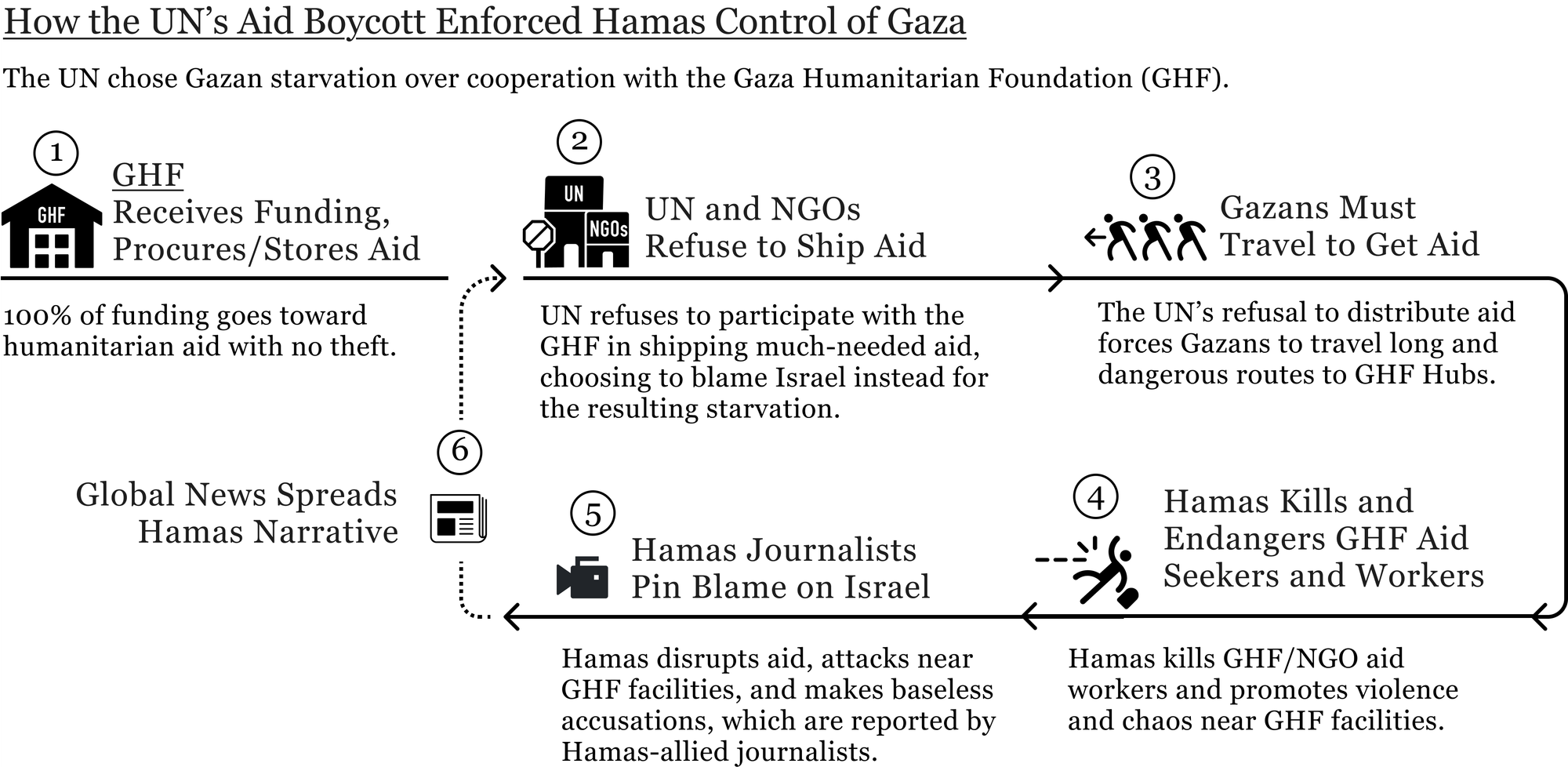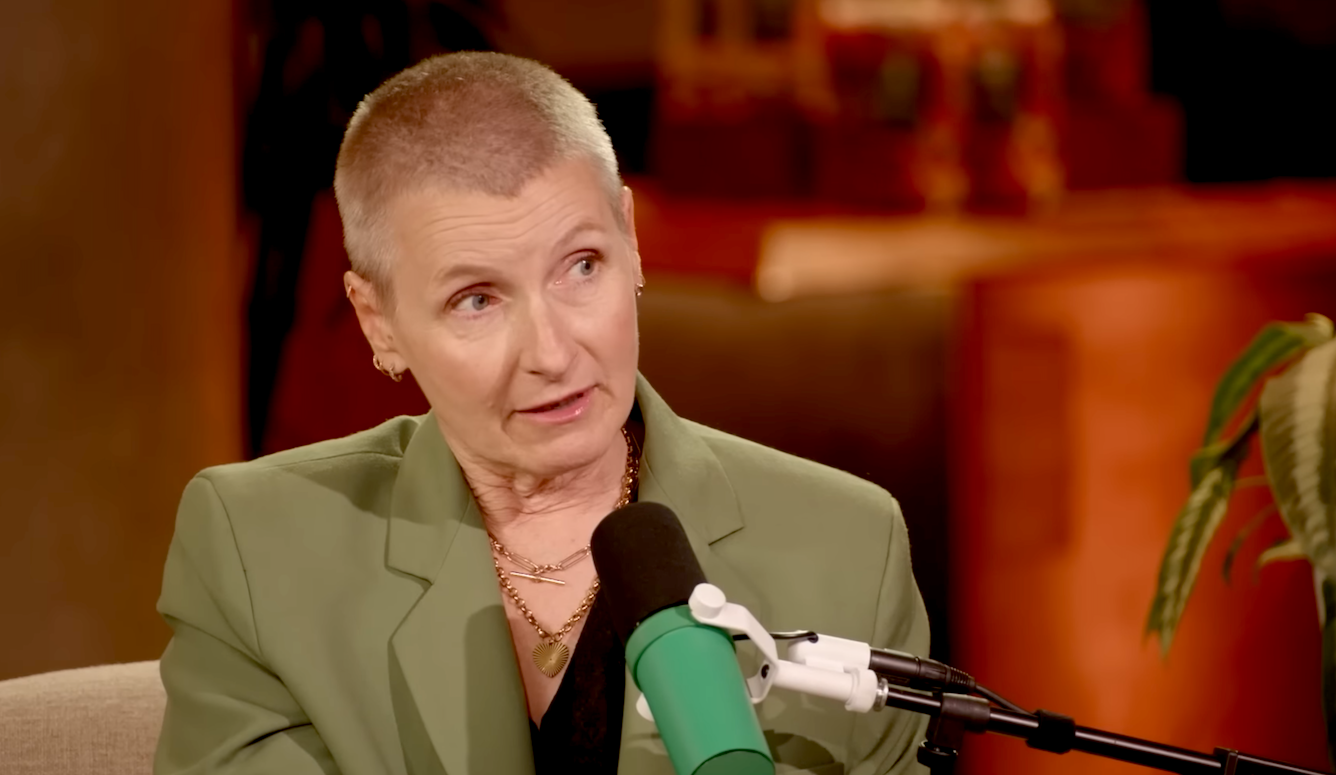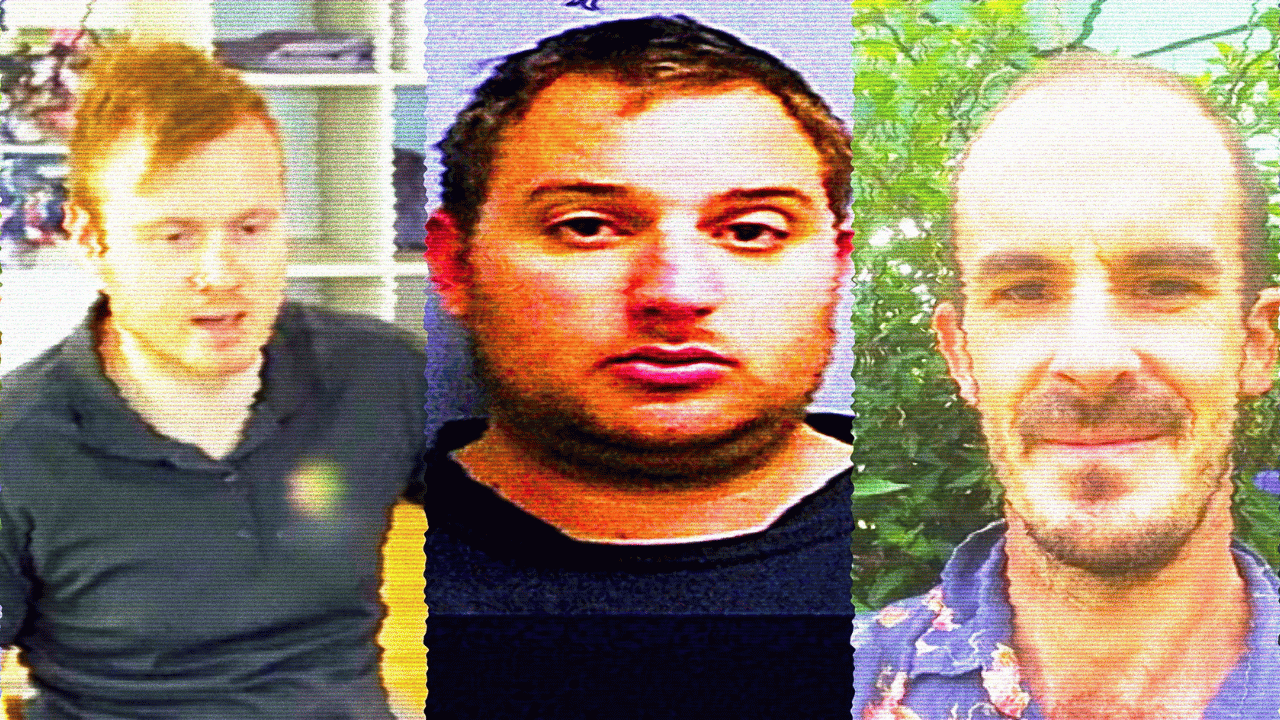
In the early morning hours of 2 October 2025, while Jews were fasting in observance of Yom Kippur, CNN published a report titled “How Israeli actions caused famine in Gaza, visualized.” With its incriminating tone and evidence pulled from a ballooning corpus of mainstream news articles that seem to abandon investigative rigour in favour of predetermined conclusions, the report typifies the current state of coverage surrounding Gaza. A decline in journalistic impartiality has obscured Hamas’s documented control over Gaza’s humanitarian aid networks, while promoting simplified narratives that attribute all Palestinian suffering to Israeli actions. Over time, these articles have begun to cite one another to build an ever-growing scaffold of self-legitimisation. For example, CNN’s report claims that “An internal US government review found no evidence of widespread theft by Hamas of US-funded humanitarian aid in Gaza.” The link backing up this claim takes us to their coverage of a Reuters article titled, “USAID analysis found no evidence of massive Hamas theft of Gaza aid.” In that story, Reuters shares a leaked internal USAID analysis—finalised just days before the agency ceased operations on 1 July—which Reuters believes disputes official State Department claims about widespread theft by Hamas. However, as I hope to demonstrate in what follows, Reuters’ reporting and presentation of those findings is misleading—perhaps even intentionally so.
Major news organisations such as Reuters and CNN have systematically obscured the cycle by which Hamas funds itself through stolen aid, exerts violent control over Gaza, and manipulates the global media into broadcasting its narratives. These journalistic failures do more than misrepresent the conflict—they perpetuate the very system that causes Palestinian suffering.
How Systematic Aid Theft Works
When most people hear that Hamas steals aid, they probably envisage armed militants intercepting trucks at gunpoint. The reality is far more diffuse and covert: it involves administrative capture at every step of the process.

STEP 1: Receive Funding, Give to Hamas
Gaza experienced unprecedented humanitarian aid flows after 7 October 2023. United Nations Relief and Works Agency for Palestine Refugees (UNRWA)’s emergency appeals for Gaza totalled US$1.6 billion in 2024 alone. In addition to physical aid, the UN expanded digital cash assistance programs to deliver around US$39.66 million per month to sixty percent of Gaza’s households. These direct cash assistance programs created an unprecedented triple opportunity for Hamas to silently rob international aid.
First, according to the organisation NGO Monitor, Hamas controls the Gaza Ministry of Social Development (MoSD), which determines the list of recipients of cash assistance programs that NGOs must use to distribute financial aid. This allows Hamas to prioritise payments to their own members and block funding to opponents. Second, to access the cash, recipients must use money-changers—often affiliated with Hamas—who charge fees of thirty percent or more to convert digital transfers into physical currency, enabling Hamas to siphon off hundreds of millions of dollars annually through a shadow banking system. Finally, Hamas steals physical aid to drive up demand and inflate prices, then sells the stolen goods to desperate Gazans who must pay using cash obtained at a thirty percent loss.
STEP 2: Store and Ship Aid Under Hamas Control
Hamas’s infiltration of UNRWA and its logistics operations gives the group inside knowledge of aid distribution across Gaza. According to Israeli sources, internal Hamas documents show the group “systematically exploiting” aid entry; the IDF reports that captured papers reveal that Hamas has an official policy of confiscating 15–25 percent of aid, through methods ranging from confiscating aid at checkpoints to extorting protection fees of US$8,500–$14,000 per truck from all vehicles entering or moving within Gaza.
STEP 3: Allow Hamas to Profit from Aid Distribution
At distribution points, Hamas blocks aid to rivals and seizes shipments from independent NGOs. IDF footage shows Hamas terrorists unloading humanitarian aid and striking civilians before leaving with loot. As noted above, they then sell those stolen supplies on the black markets at inflated prices.
STEP 4: Seek Funding by Demonising Israel
According to Israeli sources, Hamas deliberately steals and withholds aid to create starvation, which justifies requests for additional humanitarian aid. This manufactured suffering is captured by “journalists,” many of whom are either aligned with Hamas or trained Hamas operatives. The Times of Israel reports that six Al Jazeera journalists have been identified as Hamas personnel through captured rosters, training lists, and salary records. According to the IDF, this list includes two military operatives.
STEP 5: Global News Spreads Hamas Narrative
This cycle wouldn’t function if major media outlets stopped publishing Hamas’s fabricated stories. However, according to the CPJ (Committee to Protect Journalists), only pro-Hamas journalists are allowed to operate in Gaza without fear of assault or murder, so they become the only on-the-ground news source. These journalists supply the global media with a steady feed of Hamas-approved stories and images, which are frequently published without basic fact-checking or investigation.
The Reuters USAID Story: A Case Study in Journalistic Failure
On 25 July 2025, Reuters published their report, “USAID analysis found no evidence of massive Hamas theft of Gaza aid,” citing findings that directly contradict the claims of the US State Department and the IDF. To understand why this story represents such a failure of journalism, we must first examine how USAID works and what its analysis actually found.
The analysis leaked to Reuters was conducted by the Bureau of Humanitarian Assistance (BHA) within USAID, which led and coordinated US government humanitarian assistance overseas. The BHA was responsible for assessing risk to humanitarian operations, but its ability to evaluate risk within conflict zones was restricted to purely remote methods such as incident reports and third-party remote monitoring. In a February 2024 report titled, “USAID Should Strengthen Risk Management in Conflict Zones,” the Government Accountability Office, which independently evaluates federal agencies, warned that “USAID lacks sufficient guidance on using remote monitoring controls to detect risks in conflict zones. As a result, USAID may fail to detect some risks, increasing the chance that its aid could be diverted.”
USAID’s remote monitoring methodology has a fatal flaw: it relies on partner NGOs to self-report incidents of aid theft. When aid organisations must operate within Hamas-controlled territory, they are naturally disinclined to attribute incidents of theft to Hamas, whether out of fear or collusion. The USAID Office of Inspector General (OIG) laid this out in a memorandum to Congress of January 2025, which identified “vulnerabilities and challenges which we believe hinder accountability and transparency within Agency programs,” including:
● Resistance from United Nations (UN) agencies and foreign-based nongovernmental organisations (NGOs) to sharing information with OIG about potential misconduct;
● Limitations on vetting of aid organisations for ties to designated terrorist organisations and known corrupt actors;
● Limitations in obtaining data about USAID-funded sub-awardees.
Even at its best, USAID’s abilities to remotely monitor aid diversions in conflict areas like Gaza were severely limited. But they were further reduced as USAID lost access to classified systems during the course of their analysis. This means that the investigation of Hamas’s involvement in the subversion of aid was conducted by personnel without access to the classified intelligence needed to detect it. Perhaps most damaging was the elimination of the Bureau of Humanitarian Affairs (BHA) leadership, along with ninety percent of its staff in February 2025. These changes prompted a memorandum by the USAID Office of Inspector General that same month warning that “USAID’s existing oversight controls—albeit with previously identified shortcomings—are now largely nonoperational.”
The USAID analysis published by Reuters examined 156 self-reported incidents of theft or loss by partner organisations between October 2023 and May 2025. Its conclusion made the modest claim that there had been “no reports alleging Hamas” benefited from US-funded supplies. Reuters’ headline transformed this into a more dramatic statement: USAID found “no evidence of massive Hamas theft.”
According to Reuters’ account, the 156 incidents of loss or theft were attributed to: (63) unknown perpetrators, (35) armed actors, (25) unarmed people, (11) Israeli military action, (11) corrupt subcontractors, (5) aid group personnel engaging in corrupt activities, and (6) “others”—a category that includes “commodities stolen in unknown circumstances.” They added that, “The majority of incidents could not be definitively attributed to a specific actor.” In reality, any of these incidents could have been perpetrated by Hamas—other than the eleven attributed to Israeli military actions, which likely occurred in response to Hamas. The analysis concedes that “the absence of reports of widespread aid diversion by Hamas does not mean that diversion has not occurred,” but buries this lede well below the “no evidence” framing.
Reuters presented this USAID analysis as if it had been conducted specifically to either prove or disprove claims of systematic theft by Hamas. In fact, all USAID Missions (as they are called) are required to report instances of theft and misconduct to the USAID Office of Inspector General as standard operating procedure.
The Reuters article cites a White House spokesperson who questioned the existence of the analysis and claimed that “no State Department official has seen it,” but it adds that “two sources familiar with the matter” said the findings were shared with USAID’s Inspector General’s Office and State Department officials involved in Middle East policy. The implication here is that the White House had falsely denied that the State Department had received the report. However, USAID Missions were never required to communicate incident analysis to the State Department. Even if they had, the State Department would have simply forwarded it on to the USAID Inspector General, which has the proper jurisdiction, and was conducting its own in-depth investigation.
According to Reuters, a State Department spokesperson commented that “There is video evidence of Hamas looting aid, but [the State Department] provided no such videos.” In fact, he worded it quite a bit more strongly than that. ABC News reported the spokesperson’s fuller response:
“There is endless video evidence of Hamas looting, not to mention members of the aid-industrial complex who have admitted that looting exists by reporting it as ‘self-distribution,’ in a poor attempt at an aid corruption coverup,” the spokesperson said. “Available intelligence confirms what is reflected in open-source information: that a significant portion of non-GHF aid trucks have been diverted, looted, stolen, or ‘self-distributed.’”
One crucial element here, missing from Reuters’ analysis, is that the video evidence of Hamas’s looting is open-source (as anyone on social media will have already realised) meaning that a simple internet search would find it. Yet Reuters made no apparent effort to search for these videos. Instead, Reuters portrayed USAID’s poorly executed, perfunctory disclosure of loss incidents as if it were a revelation that the Trump administration had covered up.
The Gaza Humanitarian Foundation (GHF): Unfairly Maligned Alternative
The Reuters USAID article above was published at a time when Israel and the US were defending their decision to terminate cooperation with UNRWA in favor of the Gaza Humanitarian Foundation (GHF), an American nonprofit created to deliver aid directly to the people of Gaza. The Foundation bypassed Hamas interference by using secure distribution sites, and made large-scale theft harder by packaging and distributing individual meals rather than bulk items like flour and sugar. GHF spokesperson Chapin Fay recently told Quillette that his organisation delivered over 170 million meals directly into the hands of needy civilians in less than four months with “zero diversion” of aid.

Because the GHF coordinated their operations with Israel, they came under intense scrutiny. The UN categorically rejected cooperation with them—even after over 200 faith-based and Israel advocacy organisations published an open letter urging them to do so in August 2025. Rather than reporting on the UN’s obstinate refusal to work alongside this efficient means of aid delivery, media outlets overwhelmingly blamed Israel for the resulting shortfall in aid. UNRWA’s refusal to deliver aid to areas of Gaza outside the GHF’s reach forced Gaza residents to travel long, dangerous routes to obtain food. The UN claims that hundreds of Gazans were killed “in the vicinity of GHF sites”—attributing the deaths to the Israeli military. Israel strongly denies the accusations and has released testimonials from Gazan aid-seekers explaining how Hamas tries to disrupt the aid system through violence and manipulation. “This is how Hamas operates—they deliberately fire at people and want it to appear as though the army is the one shooting,” reported one Gaza resident. GHF workers are also at risk. Chapin Fay reports of a particularly shocking incident in mid-June 2025, when Hamas hijacked a bus transporting GHF workers and murdered nine of them. The wounded survivors of the attack were taken to Nasser Hospital (where Doctors Without Borders were operating) but were “refused treatment and left to die in the parking lot.”

While the Gaza Humanitarian Foundation (GHF) was operating, Hamas ran into severe financial difficulties, which the Washington Post reported without linking that fact to the GHF. As Chapin Fay told Quillette, “The Washington Post didn't connect the dots, but I will. It’s not a coincidence that you can't steal GHF aid, and the UN wasn’t delivering theirs, and Hamas was having trouble with its finances.” Hamas demanded that “clear-cut language” be added to the terms of the ceasefire stating that GHF would be terminated. The GHF ceased operations on 10 October 2025 as a requirement of the ceasefire.

We All Deserve Better
The patterns documented here reflect a deterioration in journalistic standards, whereby ideological preferences override impartiality. But Gaza coverage makes these failures consequential in uniquely destructive ways. Every news story emphasising Israeli responsibility while erasing Hamas culpability perpetuates the cycle of Palestinian suffering. Our trusted news outlets have enabled this by abdicating their responsibility to ask hard questions, verify facts, and seek the truth—the core principles of journalism.






